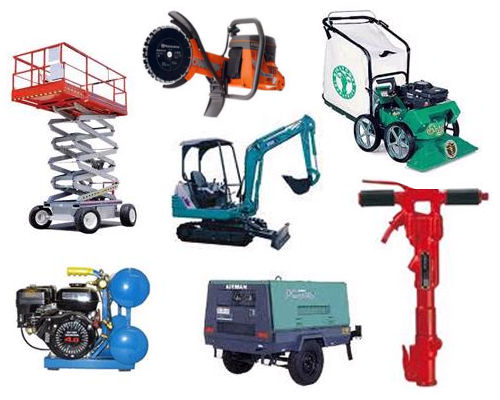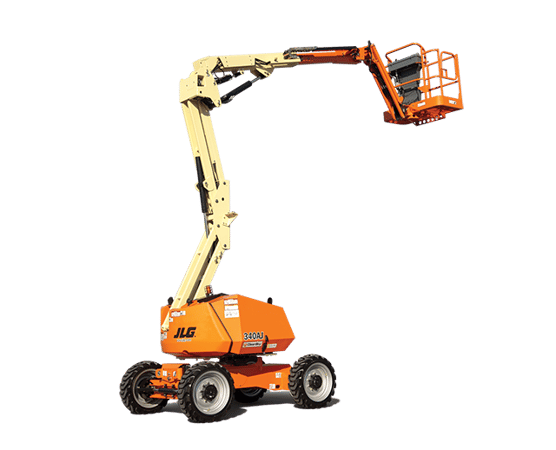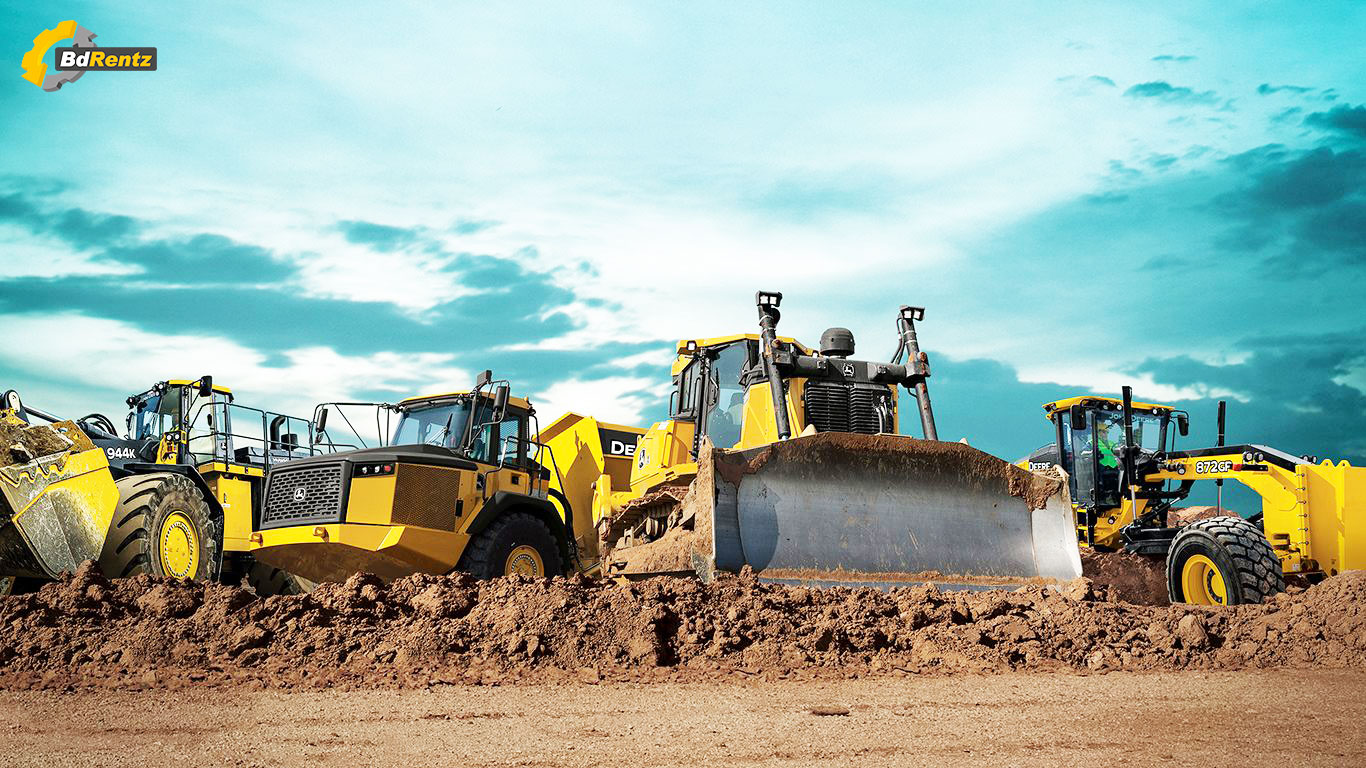Forklift Rental: Heavy Lifting Equipment for Warehousing and Extra
Maximize Your Spending Plan by Comprehending the Costs Related To Construction Devices Services
Recognizing the full extent of expenses connected with construction tools leasings is essential for optimizing your budget. While the initial rental cost may appear simple, numerous added costs-- such as transport, fuel additional charges, and maintenance-- can rapidly accumulate, impacting your economic planning. Additionally, being aware of different costs and the intricacies of rental arrangements can help prevent unanticipated financial problems. What techniques can be employed to efficiently take care of these costs and guarantee a much more effective rental experience?
Introduction of Rental Costs
When taking into consideration building and construction equipment rentals, recognizing the associated expenses is paramount for effective budgeting and job planning. Rental expenses can differ dramatically based upon several factors, consisting of tools type, period of leasing, and location. The preliminary rental charge usually reflects the tools's market demand and its linked functional abilities, influencing the general cost.
In enhancement to the base rental rate, secondary expenses may emerge, such as transportation fees, gas additional charges, and upkeep fees. It is crucial to account for these extra costs to properly examine the total expense of leasing tools. In addition, the rental period can impact prices; longer services might certify for discounted rates, while temporary services might incur higher daily costs.

Break Down of Rental Rates
A thorough understanding of rental prices is important for professionals and job supervisors aiming to enhance their spending plans. Rental rates for building and construction devices typically contain several elements, consisting of base rates, time-based fees, and use charges.
Base rates are the core costs related to the service of the devices, commonly established by the type and size of the machinery. These prices can vary significantly, affected by factors such as tools demand, schedule, and regional market fads. Time-based charges, which may be daily, weekly, or monthly, serve to fit different job timelines and rental periods.
Furthermore, rental rates may include usage costs, which are suitable when equipment is made use of past a defined limit, guaranteeing that the rental firm can represent deterioration. Seasonal demand fluctuations can likewise influence rental prices, with peak building and construction seasons normally regulating higher prices.
Additionally, comprehending the rental firm's policies relating to maintenance and insurance policy can offer further understanding into the total price structure. By examining these elements, specialists can make educated choices, ensuring the choice of rental devices lines up with both task needs and budget restraints.
Extra Fees to Take Into Consideration
Understanding the details of added charges is critical for contractors to handle their total leasing expenses properly. Beyond the standard rental rates, numerous supplemental costs can significantly impact the total expense of tools service. These fees often consist of delivery and pickup costs, which can vary based blog here upon distance and logistics associated with transporting the devices to and from the job website.
Additionally, some rental firms might impose fuel surcharges if the tools is returned with much less fuel than when rented. It is likewise crucial to recognize prospective cleaning costs, particularly for specific equipment that calls for complete maintenance after use.

Completely reviewing the rental agreement and clearing up these added fees in advance can aid specialists make certain and avoid unanticipated costs that spending plans continue to be undamaged throughout the task lifecycle.
Upkeep and Repair Service Expenses
Normal upkeep and repair service expenses are commonly forgotten factors that can substantially affect the general price of construction devices leasings. When renting tools, it is crucial to consider not just the rental costs but also the prospective expenses related to maintaining the equipment in optimal operating problem.
Many rental firms include basic maintenance as part of the rental agreement; however, much more considerable repairs or unanticipated malfunctions can cause additional costs. It's necessary to assess the rental agreement thoroughly to comprehend what maintenance solutions are covered and what duties fall on the tenant.
Additionally, devices that is not properly maintained can lead to ineffectiveness at work site, potentially enhancing and triggering delays task prices. To minimize these dangers, it is recommended to perform routine inspections and preserve open communication with the rental supplier relating to any type of concerns that occur during use.
Insurance Policy and Responsibility Expenses
Insurance coverage and liability prices are essential components that can significantly affect the general cost of construction tools rentals (scissor lift rental). These prices guarantee that both the rental company and the client are protected from possible financial losses developing from crashes, damages, or theft throughout click now the rental period

In addition, clients ought to recognize any type of deductibles or exclusions in the insurance plan, as these can impact prospective out-of-pocket expenditures. Recognizing the conditions of any kind of insurance policy coverage is important to avoid unforeseen expenses. Eventually, budgeting for insurance policy and responsibility expenditures can assist make sure a smoother rental experience and secure against financial risks associated with building and construction jobs.
Final Thought
In final thought, a comprehensive understanding of the expenses associated with building and construction tools rentals is essential for efficient spending plan administration. Eventually, informed decision-making pertaining to devices rentals adds to the general success of building and construction undertakings.
Rental expenses can vary significantly based on several aspects, including devices type, period of rental, and area (heavy equipment rental). The rental duration can impact prices; longer services may certify for discounted prices, while short-term services might incur higher everyday fees
By conducting comprehensive research and excavator prices involving with credible rental firms, professionals can effectively navigate the intricacies of rental rates, eventually optimizing their financial resources.
Past the basic rental prices, various auxiliary costs can considerably affect the overall cost of devices service. Rental business commonly provide liability insurance coverage that covers injuries to third events or damage to residential or commercial property, while tools damages insurance can cover the cost of repair services or substitute if the rented out equipment is damaged.